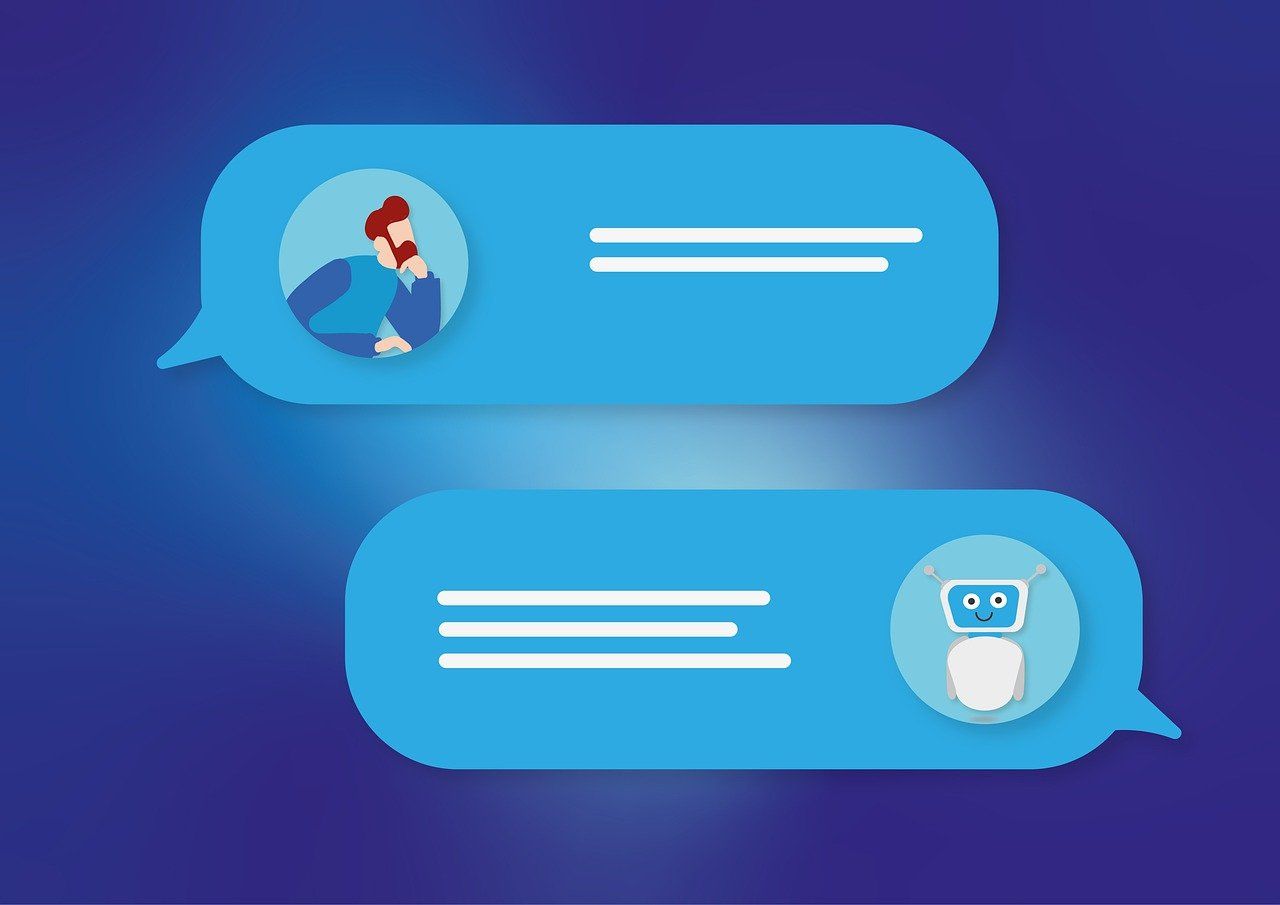Automation Theater: Why Everyone Talks AI but No One’s Getting Results

Automation Theater: Why Everyone Talks AI but No One’s Getting Results
AI is everywhere.
Every business is “automated.” Every agency “uses machine learning.”
Every software vendor has an “AI-powered” button.
But let’s be real. Most of it is theater.
Flashy dashboards, recycled buzzwords, and “automations” that still require someone to manually fix them on Monday morning.
If AI was doing what everyone says it’s doing, your inbox would be empty, your leads would all be qualified, and your revenue would double overnight.
It hasn’t. Because 90% of businesses are doing automation wrong.
Let’s break down why.
1. Automation ≠ Intelligence
Most so-called automation is just glorified workflow scripting.
“If this, then that.” A robot version of Excel formulas.
That’s not intelligence. That’s repetition.
And when you apply repetition to bad processes, you don’t get efficiency. You get faster failure.
“If your system doesn’t know why it’s doing something, it’s not intelligent. It’s obedient.”
Real AI isn’t about moving data from one place to another. It’s about making contextual decisions.
When to respond. What to say. How to prioritize.
If your “automation” can’t do that, it’s not automation. It’s an autoresponder with a superiority complex.
2. The Data Black Hole
You can’t automate what you don’t understand.
Most companies plug AI into messy CRMs and expect clarity. Instead, they feed it garbage data - duplicate contacts, outdated tags, half-written notes.
Result? Garbage in, garbage out.
According to MIT Sloan, 68% of organizations admit their data quality is “poor” or “very poor.”
And yet, they expect predictive accuracy. That’s like trying to race a Tesla with a gas leak.
Smart automation starts with clean, structured, connected data.
That means:
- Unified lead profiles across chat, voice, and web
- Time-stamped interactions
- Sentiment tracking
- Behavioral patterns tied to outcomes
Until you get that right, no amount of AI will save you.
3. The KPI Mirage
Here’s another ugly truth. Most businesses measure the wrong things.
They’ll brag about “response time reduced by 60%” while conversion rates flatline.
They’ll celebrate “cost per lead down 40%” while revenue stays the same.
Efficiency without outcome is meaningless.
You can automate yourself into irrelevance if you’re not tracking the right metrics.
The only KPIs that matter in the automation era are:
- Lead-to-conversion velocity: how fast a conversation becomes revenue
- Intent-to-action rate: how effectively you capture moments of buyer intent
- Customer lifetime value (CLV): automation should increase retention, not just volume
- Human workload shift: are your people now doing higher-value work, or just cleaning up AI’s mistakes?
If your automation doesn’t move one of those four, it’s just busywork at scale.
4. The “AI Gap” Between Talk and Execution
Let’s get some numbers straight.
- 84% of executives say AI is critical to their growth strategy
- 23% of those same companies have any measurable ROI from AI projects
- 17% report decreased productivity after implementation
The problem isn’t AI. It’s integration without intention.
Businesses rush to add automation layers before mapping how decisions flow through the customer journey.
The result?
- Automated emails that reply twice to the same customer
- Chatbots that can’t recognize returning visitors
- Voice systems that schedule meetings for last week
It’s automation in a vacuum - impressive, but irrelevant.
5. The Only Framework That Actually Works
Forget “automate everything.”
The companies winning right now automate decision points, not tasks.
Here’s the difference:
| Type | Description | Impact |
|---|---|---|
| Task automation | Replaces simple repetitive steps | Saves time, but limited ROI |
| Decision automation | Uses data to act on context and intent | Drives measurable revenue and retention |
Real AI doesn’t just check boxes, it chooses paths.
Example:
Instead of automatically sending a follow-up email, it analyzes behavior.
If a lead visits your pricing page three times but doesn’t submit a form, AI triggers a personal message:
“Still comparing plans? Let me walk you through the ROI.”
That’s not a template. That’s timing.
And timing is everything.
6. Case in Point: Automation That Paid Off
One of our clients, a multi-location dental brand, ran ads that generated hundreds of leads weekly and missed 30% of calls.
When we introduced AI voice and chat assistants connected to their CRM, the system started capturing those missed calls in real time, qualifying intent, and booking appointments automatically.
The outcome:
- 45% increase in booked consultations
- 90% faster response times
- 28% reduction in manual workload
That’s automation that drives revenue, not just reports.
7. The Future Isn’t “No Humans.” It’s “No Dead Time.”
AI isn’t here to replace people.
It’s here to eliminate the lag - the space between customer intent and business response.
The companies dominating the next decade will be the ones that:
- Respond in under 60 seconds
- Personalize every interaction dynamically
- Route high-value leads to humans instantly
- Let machines handle everything else
Because in 2025 and beyond, speed is empathy.
Customers don’t just want answers. They want action, right now.
Final Take
We don’t need more automation. We need better automation, the kind that knows why it’s doing something and who it’s doing it for.
Stop pretending your “AI-powered” system is intelligent because it can schedule an email.
Stop automating mediocrity.
Stop feeding your CRM junk and expecting gold.
The real winners in this space aren’t the loudest.
They’re the ones quietly building systems that think, not just execute.
That’s not automation theater.
That’s automation with intent.
Want to learn more about our healthcare solutions?
Discover how our AI technology can transform your healthcare practice.
Related Articles


